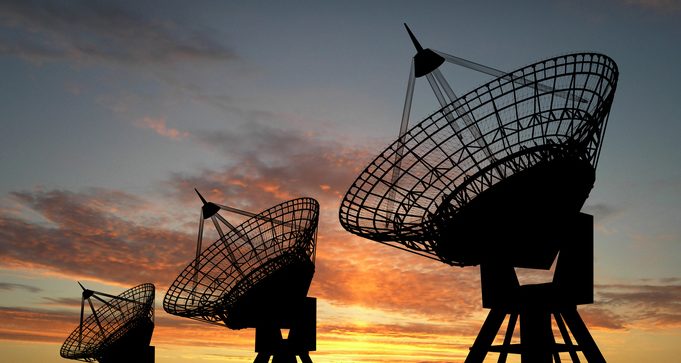This blog post is an excerpt from GovLoop’s recent research guide, “Connecting the Mission of the Defense Department to You.”
Shifting budget priorities force many agencies to balance the need to innovate with the cost of supporting outdated IT infrastructure. To achieve this balance, the DoD needs a simpler, seamlessly integrated network infrastructure to enable more agile configuration and increase mission response.
To improve network agility, defense agencies should consider multi-domain service orchestration (MDSO). MDSO is end-to-end service automation across multiple technology network segments – physical or virtual – and vendor domains. Traditionally, creating and deploying services across an entire network in multi-vendor environments is a manual process. It entails collaboration with a multitude of vendors and domain-specific element managers.
“The biggest issue DoD IT personnel face is the ability to roll out services on a timely basis,” Bob Kimball, Chief Technology Officer of Government Solutions at Ciena stated. “Various vendors offer proprietary management systems for defense networks that are extremely complex. And the more complex these networks are, the more they cost.”
Disparate management systems and subsequent data silos also pose a threat to national security. When networks aren’t configured properly between these disparate systems, it can create gaps and errors leading to more vulnerabilities to cyberattacks. “You need to consider the security elements and how they tie into connecting the different networks,” Jonathan Barton, Director of Advanced Technology Solutions at CenturyLink, added.
In an interview with GovLoop, Barton and Kimball discussed how the DoD could overcome their network challenges and improve agility through MDSO. They also shared how Ciena and CenturyLink – two vendors who work to simplify the process of converging networks – are partnering to provide MDSO capabilities.
Critical mission applications in the DoD rely on a trusted, reliable and secure network infrastructure. DoD’s Global Information Grid (GIG), for example, is a globally interconnected end-to-end set of information capabilities for collecting, processing, storing, disseminating and managing information on demand to warfighters, policy makers and support staff. In GIG, a number of vendors, cyber networks, data resources, satellites and radio capabilities are at play.
A satellite can help warfighters in the field access critical information and communicate with their agency’s chief data center back at central command. But if that satellite is destroyed, the warfighters would need to switch communications over to a commercial satellite before the mission is completely disrupted. However, due to the multivendor environment, configuring the network to connect back to that data center is an intricate, time-intensive process as IT personnel are managing numerous proprietary networks that don’t communicate with each other.
“[MDSO] allows you to solve that problem,” Kimball said. “You can quickly reconfigure the cyber aspects of the network, get seamless communication capabilities and accomplish the mission despite any damage done.”
MDSO enables users to control a number of different technologies from a single system, allowing for more seamless network connectivity. “MDSO allows you to set boundaries in the network and control things fluidly,” Barton said. “You can have a domain in a certain region or geographic area and route any type of infrastructure, network appliance or firewall.”
Through MDSO, DoD users have the ability to view all their networks from a single orchestration system, or what Kimball and Barton described as a “single pane of glass.” “The advantages to that single pane are rapid service creation and having services available when and where needed,” Kimball added.
To help DoD agencies enhance their networks through MDSO, Ciena and CenturyLink solutions support open data standards where multivendor, diverse protocol, and multi-layer networks can automatically share information.
“CenturyLink is using the technology capabilities that Ciena brings into our assets to optimize network situational awareness and allow enterprise wide coordination of DoD network resources,” Barton said.
Ciena’s Blue Planet division supports MDSO capabilities. Blue Planet provides an open software layer that eliminates management silos and enables network operators to automate end-to-end service provisioning and orchestration. “CenturyLink is using Blue Planet capabilities to enable our service to deliver network function to organizations,” Barton said. “We can provide managed services in the network in real time.”
In multi-vendor environments, networks must be able to communicate quickly and seamlessly. No matter what the crisis, be it on the battlefield or in the office, MDSO allows for agile configuration and communication capabilities. With MDSO, the DoD can ensure that network disruption doesn’t derail its most critical missions.







Leave a Reply
You must be logged in to post a comment.